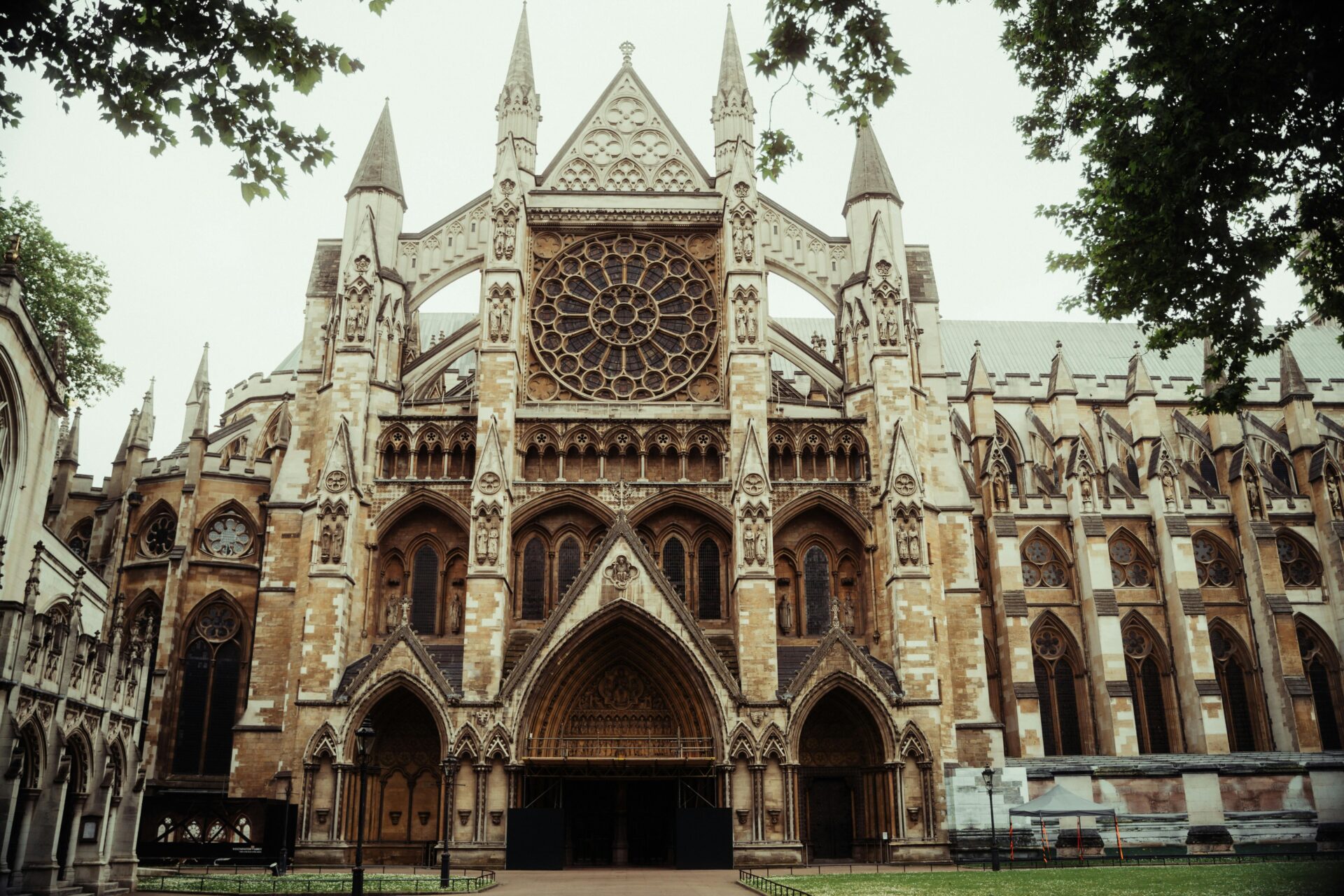Walking through Westminster Abbey in London always gives me goosebumps.
Every step draws me closer to stories that shaped England’s extraordinary history. Some tombs here hold more than kings and queens—they hide secrets, lost tales, and a sense of awe that sends shivers straight down your spine.
As a history lover, I found exploring these five unforgettable tombs inside Westminster Abbey felt like stepping right into the heart of England’s past.
The mix of medieval grandeur and silent mystery makes every visit stick in my memory. If you’re ever in London and get a thrill from history like I do, these tombs belong on your travel list.
These tombs connect us to legends like Edward I, Elizabeth I, and Richard II. They show why Westminster Abbey is still a place of living history.
Get ready for history, architecture, and a few chills along the way!
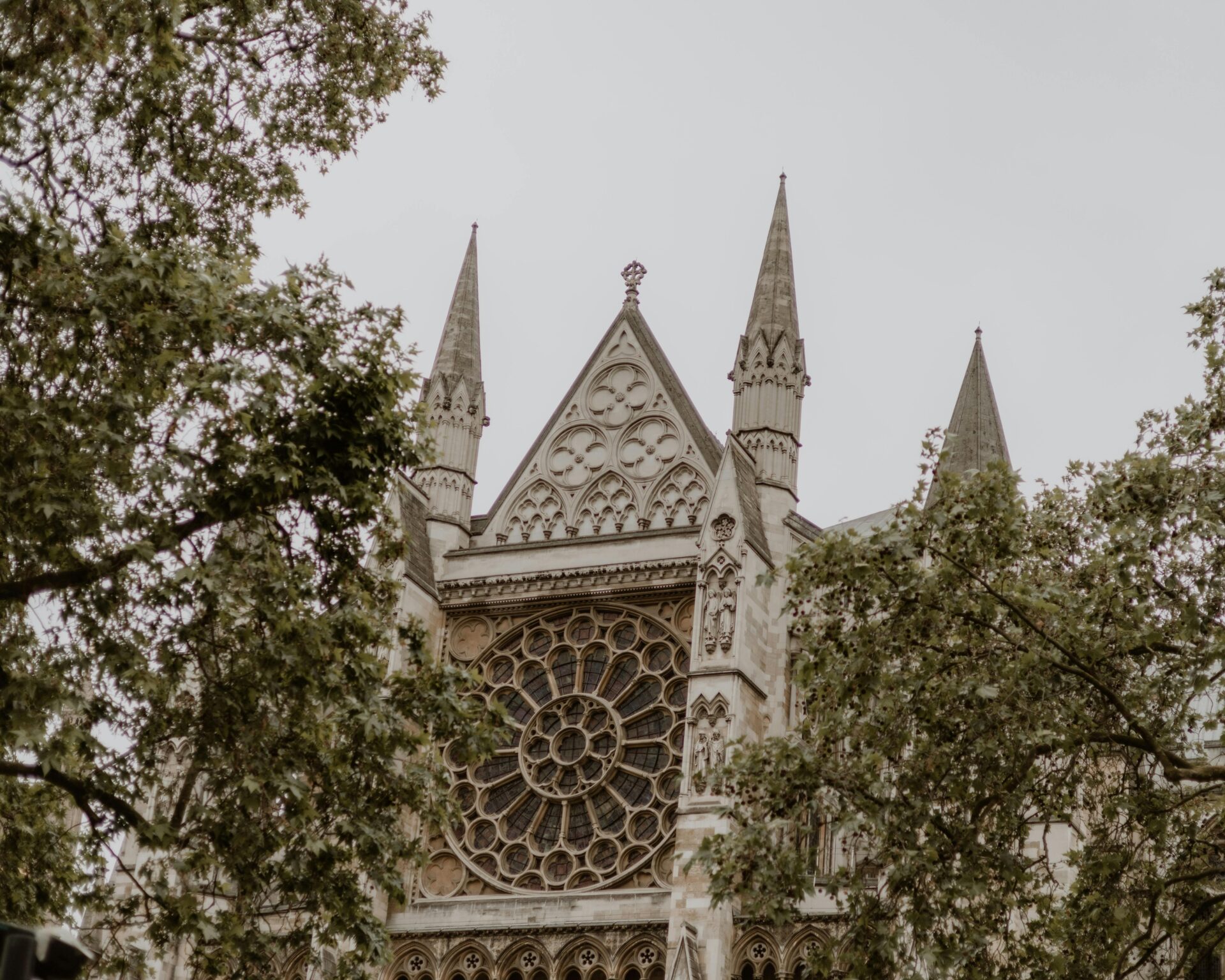
The Enigmatic Tomb of Elizabeth I
I can’t imagine visiting Westminster Abbey without pausing at the grand tomb of Elizabeth I.
Her resting place does more than honor a queen—it reveals secrets about England’s history, royal family drama, and a country torn between faiths.
The Tudor Legacy and Royal Intrigue
When I first glimpsed Elizabeth I’s tomb in the Lady Chapel, I immediately felt the weight of history.
She doesn’t lie alone—her half-sister, Mary I, shares the tomb. It’s impossible to miss the irony: one Protestant, one Catholic, both daughters of Henry VIII, and bitter rivals in life.
Their shared tomb quietly hints at England’s old religious tensions.
During her reign, Elizabeth brought the country back to Protestantism and kicked off the “Golden Age” of English language and literature. Shakespeare and Spenser flourished, and their influence lingers even now.
Elizabeth’s decision to stay unmarried always fascinated me. She put her country above marriage, earning the nickname “Virgin Queen.”
Many say her refusal to marry kept England stable through rough times.
Today, Elizabeth’s burial site attracts visitors looking for more than royal artifacts. It’s a place full of stories about power, drama, and steadfast rule.
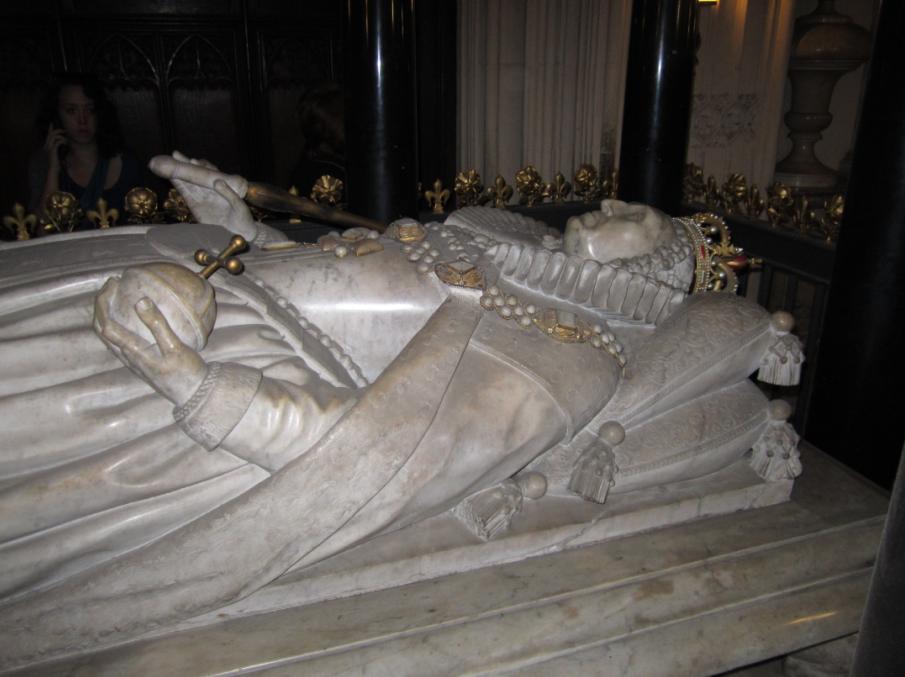
Symbols, Engravings, and Haunting Echoes
Standing before the tomb, I noticed the impressive monument and Elizabeth’s effigy lying in state.
The alabaster coffin brims with symbols—lions for courage, books for learning, and Tudor roses for her family.
Engravings highlight her accomplishments and reign. Some show Latin inscriptions about her wisdom, her love of peace, and her impact on English history.
These reminders linger with me long after I leave the Abbey.
Many visitors say this part of the chapel feels supernatural. Stories drift through the centuries—shadows moving, cold drafts, hints of Elizabeth’s presence.
True or not, I can’t help but sense a bit of mystery in the air.
The tomb stands as a place of remembrance and a gallery of haunting echoes.
If you love history or the supernatural, set aside some time to linger and let the stories—and maybe the spirits—speak to you.
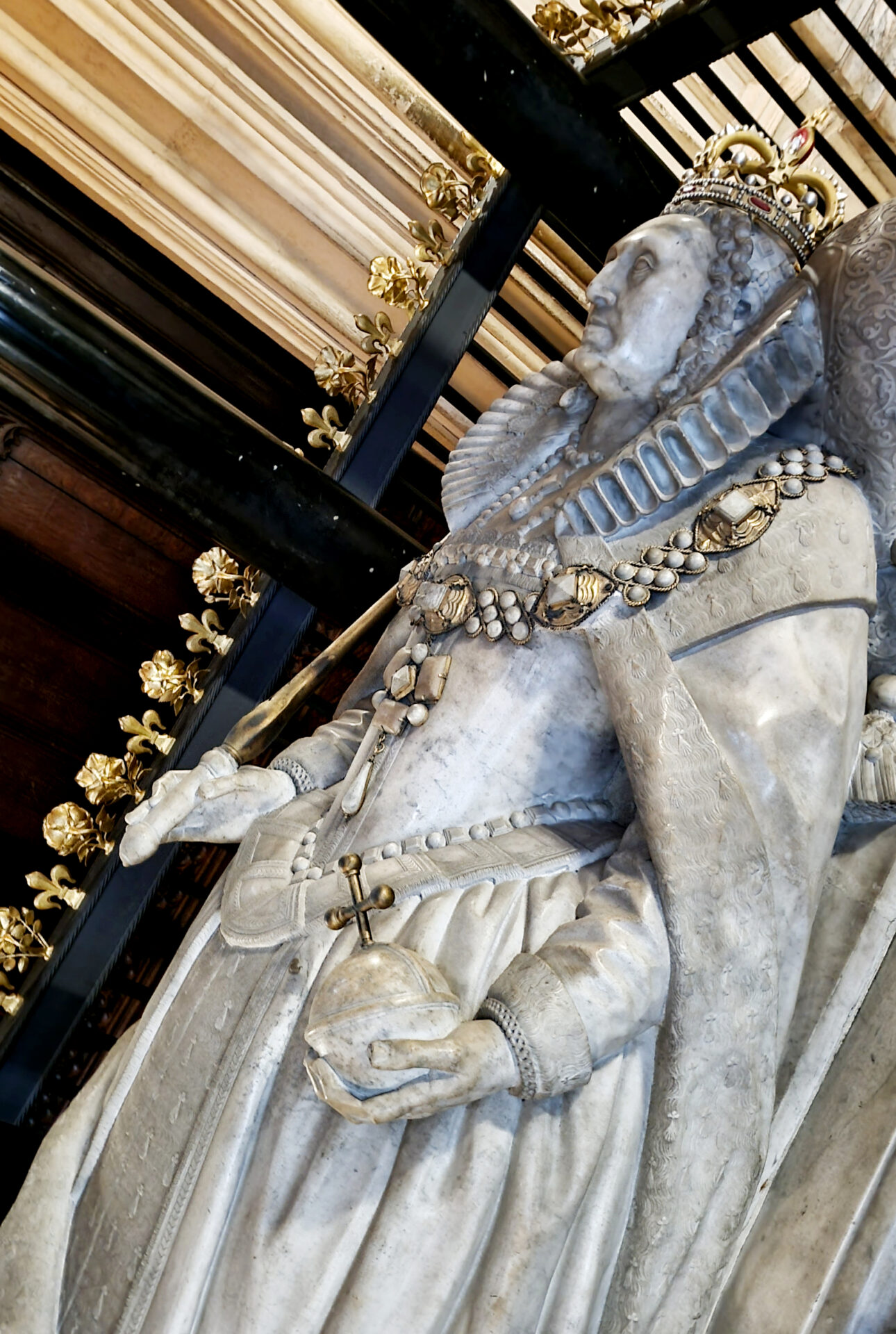
Isaac Newton’s Resting Place: Where Science Meets the Supernatural
As I walked among the marble floor stones of Westminster Abbey, standing before Isaac Newton’s tomb honestly gave me chills.
Curiosity, reason, and even the supernatural seem to gather at this grave, where science and centuries-old myths meet under the Abbey’s painted arches.
Newton’s Evolution of Thought
Newton’s tomb sits in the famous Scientists’ Corner of Westminster Abbey.
The Latin inscription celebrates his brilliant mind and mathematical discoveries. I could almost feel the intense intellectual energy he left behind.
Newton’s theories changed how we understand gravity, light, and motion. His ideas laid the groundwork for modern science and inspired generations—including Charles Darwin, who looked to Newton’s bold thinking.
Standing beside his tomb, I pictured the leap from medieval superstition to the age of reason.
Newton mixed relentless curiosity with deep faith, solving scientific problems while pondering the universe’s mysteries. The Abbey’s whispering candlelight blurs the lines, making the supernatural seem just a step away.
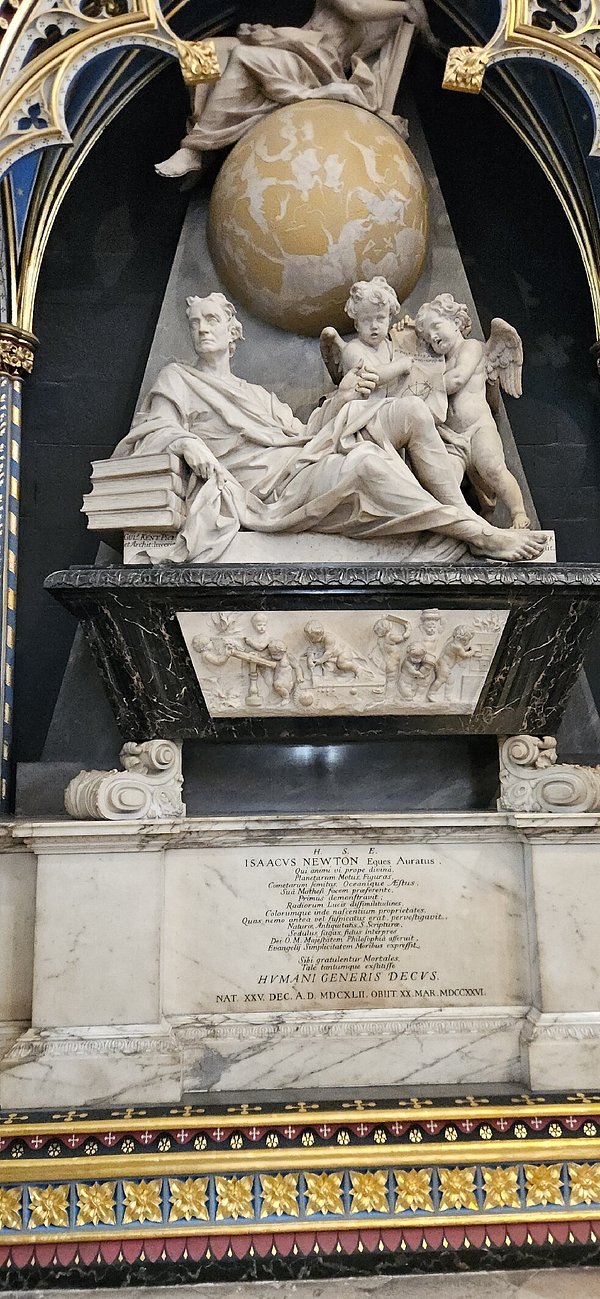
Literary Legends and the Ghosts of Wisdom
Newton keeps famous company. Close to his grave, poets, novelists, and other scientists rest or are memorialized, forming a remarkable community of minds.
The Abbey almost feels like a living library, haunted by stories and wisdom from centuries past.
While Newton focused on facts and calculations, nearby literary figures spun fiction, folklore, and legend. There’s a sense of dialogue across time—science meets storytelling, reason meets imagination.
I love the sense of “living memory” here. For any history lover, pausing by Newton’s tomb isn’t just about science.
It’s a meeting point where intellectual curiosity, the wisdom of the ages, and maybe even a touch of the supernatural seem close enough to touch.
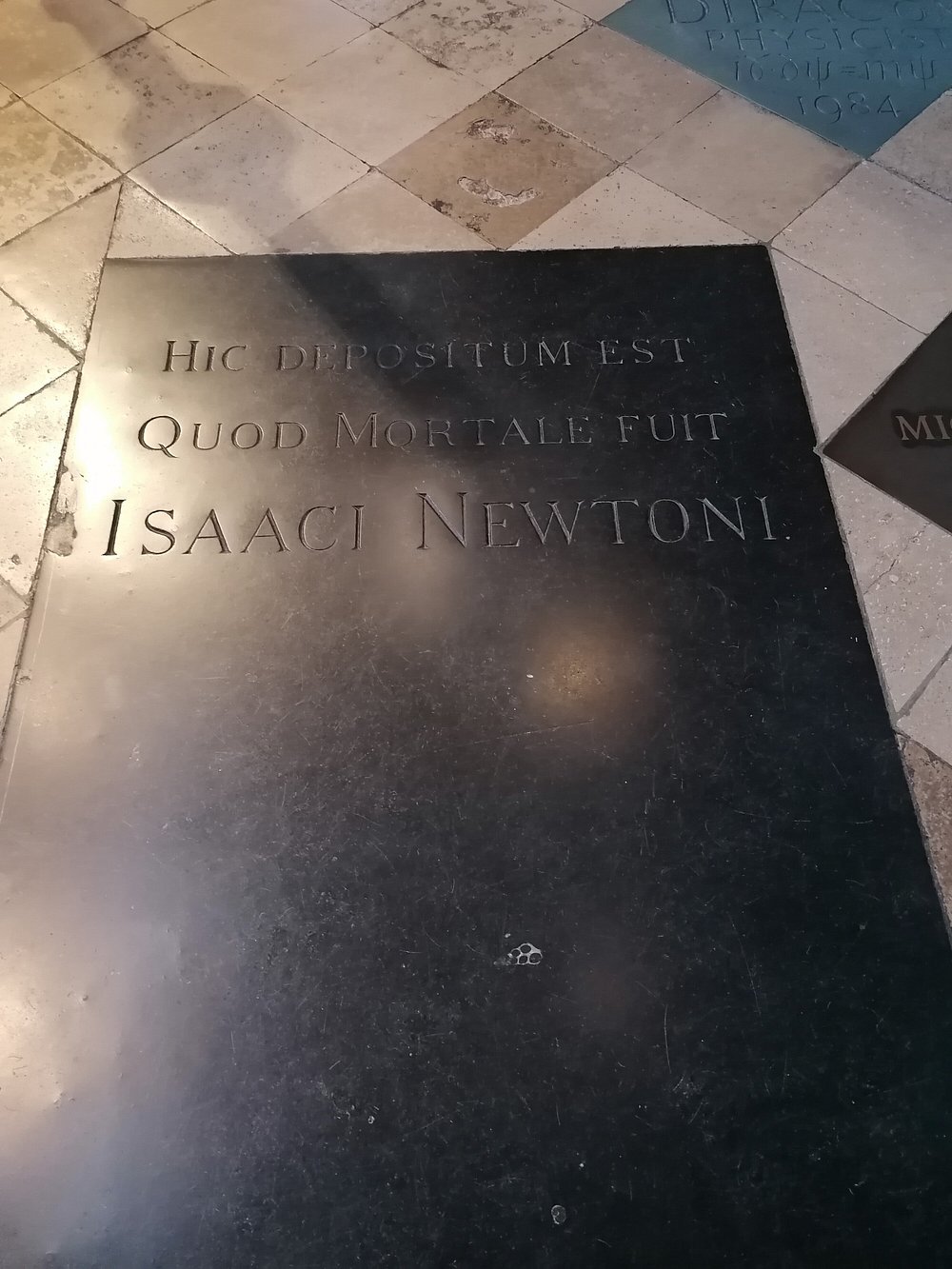
The Poets’ Corner: Whispering Souls and Literary Legends
Walking into Poets’ Corner at Westminster Abbey gave me chills every time.
The mix of loss, creativity, and the feeling of being surrounded by voices from the past is like nothing else I’ve experienced. Few places bring together such a powerful blend of remembrance and mystery.
Remembrance and Sentimentality Among the Ruins
Poets’ Corner sits in the southern transept of Westminster Abbey.
Over 100 English writers, poets, and playwrights are buried or memorialized here, including names I grew up reading—Geoffrey Chaucer, Charles Dickens, and Alfred Tennyson.
Standing among the tombs, I thought about how time has turned these writers into legends.
Their memories live not just in their works but in stone and inscription. Every monument felt like a direct link to the history of the English language.
Some stones have simple engravings; others are elaborate, surrounded by flowers, as if visitors want to keep the past alive.
There’s a sentimental side to the ruins, a sense that those who rest here are remembered for what they left in words, not for royalty or wealth.
Seeing the names of Jane Austen, the Brontë sisters, and even Lord Byron made me realize how deep England’s literary roots run beneath my feet.
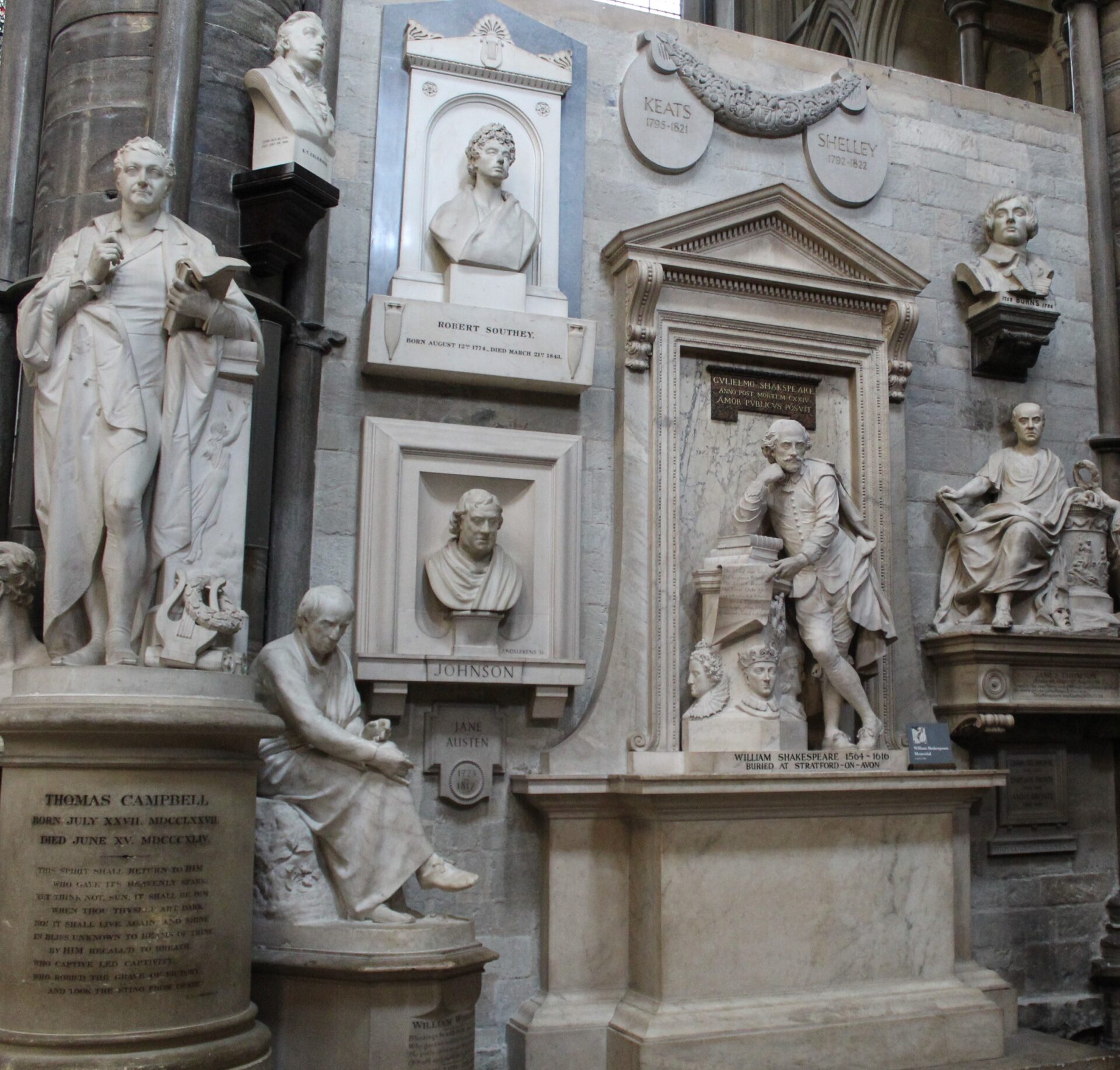
Folklore, Irony, and the Supernatural in Poetry
Some say Poets’ Corner is haunted, with whispers echoing through the stones late at night.
Ghost stories cling to these walls, fueled by the romantic imaginations of the writers themselves.
I felt as if the dramatic lives—and sometimes ironic ends—of poets like Oscar Wilde or Samuel Johnson lingered in the air.
The English love their folklore about ghosts and the supernatural, and it runs right through much of the poetry celebrated here.
Reading lines from Tennyson or Thomas Hardy in this quiet, shadowy space brings the mysteries and gothic sensibilities of the 19th century alive.
Irony is never far away—Byron, rebellious in life, has a plaque here even though he was once too controversial for burial.
For anyone drawn to the haunting side of literature, Poets’ Corner is both a site for memory and an invitation to imagine what spirits might linger after the last poem is read.
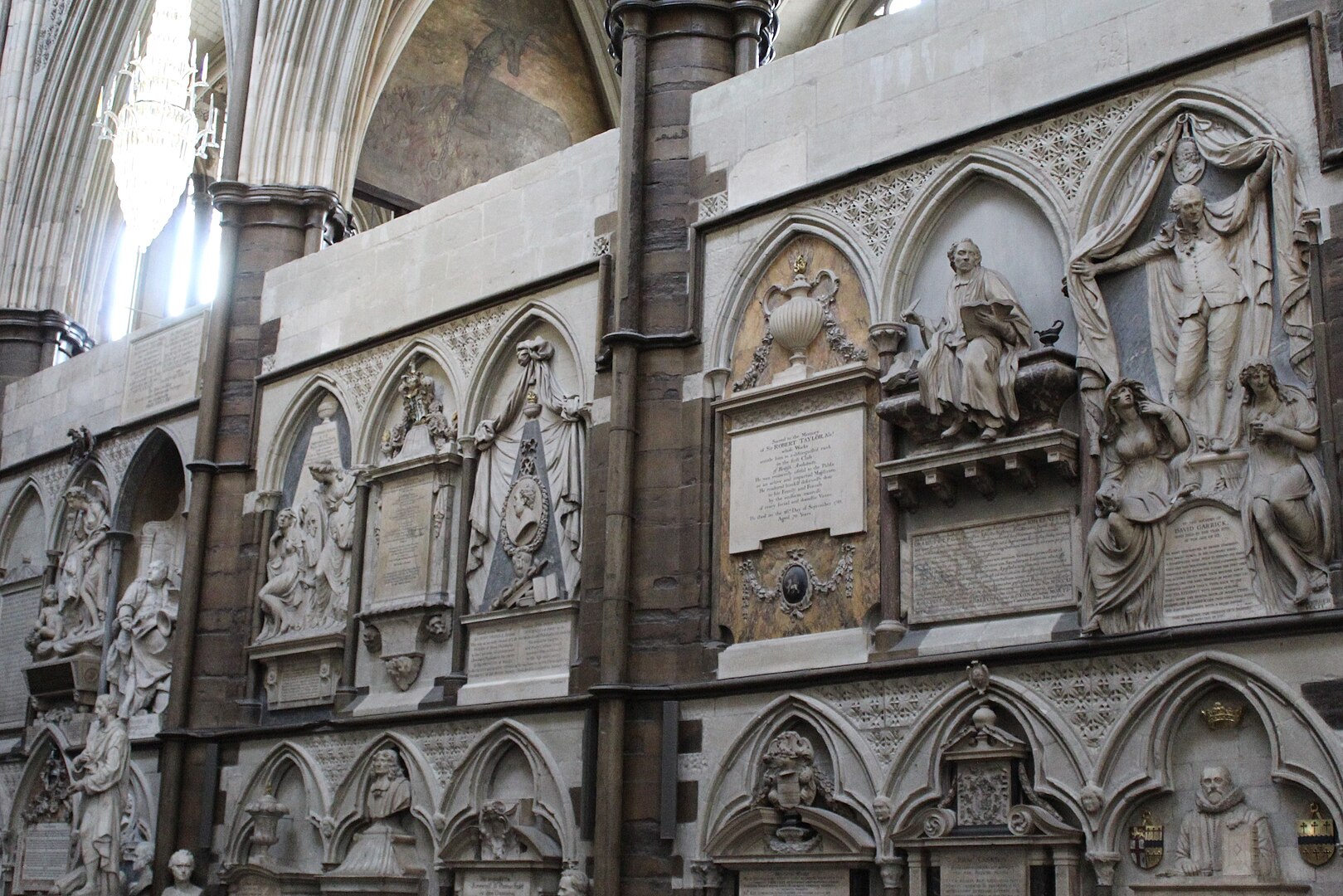
The Grave of the Unknown Warrior: Legacy of Grief and Heroism
Standing in the Nave at Westminster Abbey, I felt a heavy silence settle over me.
The grave of the Unknown Warrior isn’t just a tomb—it’s a story woven from loss, heroism, and the enduring memory of millions.
Stories of Sacrifice and the 1920s Aftermath
This grave belongs to an anonymous British soldier killed during World War I.
His body came from a battlefield in France and arrived in England in 1920, when the nation still grieved the countless lives lost to war and the 1918 flu pandemic.
I could almost imagine the grief that poured through the Abbey that November day, as people struggled to cope with loss in every city, town, and churchyard across the country.
This soldier’s grave offered something the country needed: a focus for sorrow, and a powerful symbol of self-sacrifice.
Standing there, I noticed details around the tomb—red poppy wreaths, flags, medals—telling of families left behind and heroes who never returned.
The stories of hardship hint at how communities tried to heal, searching for meaning after war and disease.
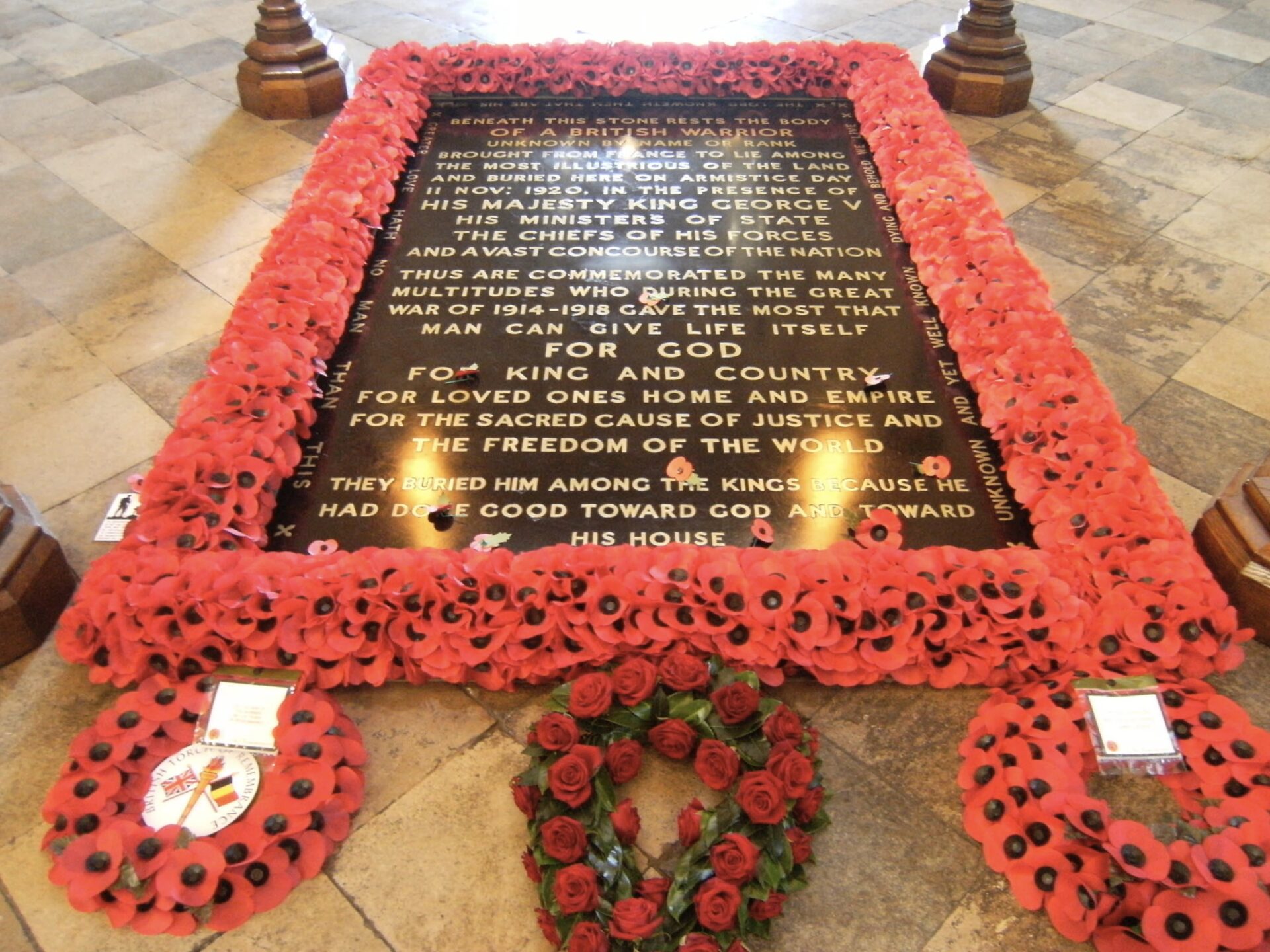
National Memory and the Evolution of Commemoration
The Unknown Warrior’s grave changed how Britain remembers its fallen.
Before its arrival, country memorials were scattered—small plaques in public buildings, sometimes unnoticed in a churchyard.
Westminster Abbey became a center for national remembrance, its Nave transformed by this single grave.
Thousands have paid their respects there, from everyday visitors to kings and queens.
The tomb is inlaid with black marble and bordered by brass, standing out from every other memorial in the Abbey.
I was struck by the living presence of memory here.
Every Remembrance Day, people gather at the grave to honor acts of self-sacrifice, from war to sacrifices made in peacetime.
Over the years, the meaning of the tomb has grown, as Britain continues to reflect on its past and what true heroism means.

The Macabre Mystery of Lady Frances Sidney’s Tomb
Westminster Abbey isn’t just a resting place for kings and poets; it also shelters figures whose stories seem wrapped in secrets.
Lady Frances Sidney’s tomb caught my eye because it stands at the crossroads of lost customs, historic intrigue, and tales that still spark curiosity today.
Antiquities, Custom, and Sentiments of the Past
Standing before Lady Frances Sidney’s marble tomb in Westminster Abbey, I felt swept back in time.
The tomb belongs to the Countess of Sussex, who served as Lady of the Bedchamber to Queen Elizabeth I.
Her position in the Tudor court reflects the strict customs and ceremonies that once shaped life in the Abbey.
The carvings and Latin inscriptions on her monument show clear devotion to memory and legacy.
Symbols on the tomb evoke ancient beliefs about honor and virtue.
Some elements even recall influences from antiquity—like the way Romans celebrated their dead—reminding me how old traditions shape what we see in English churches.
Looking closer, I noticed how the tomb’s location hints at the opinions and prejudices of the era.
Nobles like Lady Sidney got prominent spots, while commoners didn’t.
Public display of memory was as much about status as sentiment.
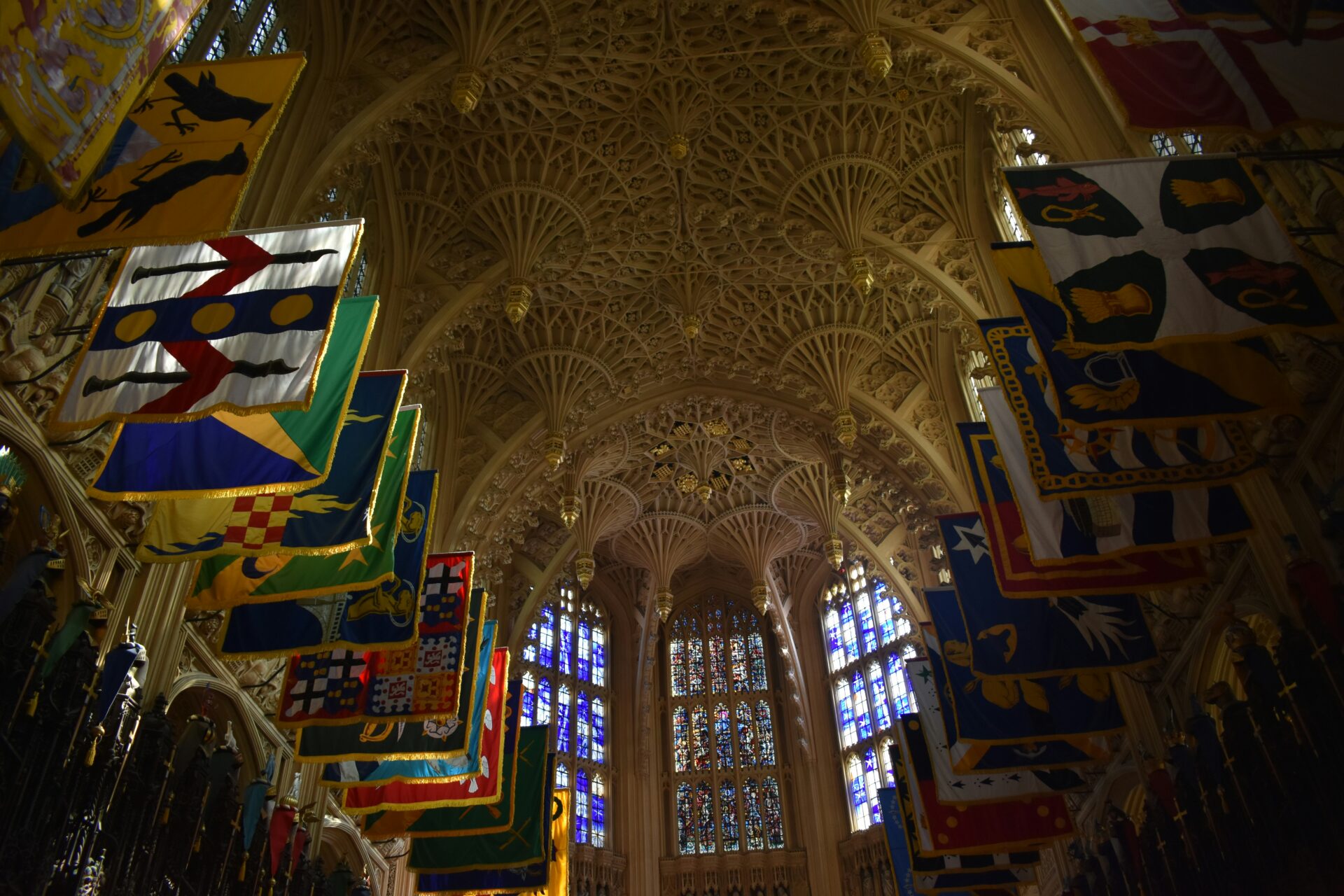
Legends, Curiosity, and the Chill of the Unknown
I’ve wandered through the Abbey’s shadowy aisles and heard people whisper about Lady Sidney’s resting place. Some visitors say her tomb sparks curiosity because there’s this strange chill in the air nearby.
A few stories mix fact with folklore. Legends claim you might hear odd sounds echoing from her corner late at night.
People sometimes tie her memory to faint, supernatural presences. It’s more of a feeling than anything you can see, but it seems to haunt the stones.
I’ve noticed that guides mention these tales, though they never call them hauntings outright. Maybe they don’t want to scare the younger visitors.
Locals occasionally toss around ideas about Lady Sidney’s travels. Stories about her fascination with relics from Palestine or her connections to ancient papyri add fuel to the legend.
Honestly, whether these tales come from bias, wild opinions, or just old-fashioned curiosity, they always remind me—Westminster Abbey is just as much about mystery as it is about history.

